Edulis fruit
karyn1
15 years ago
Related Stories
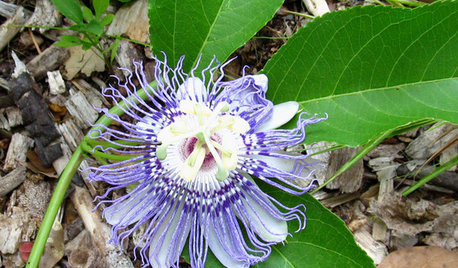
GARDENING GUIDESGreat Design Plant: Passiflora Incarnata
Enjoy the amazing flowers and edible fruit of U.S. native Passiflora incarnata (also known as maypop) — the butterflies sure do
Full Story
LANDSCAPE DESIGNRecipe for Tropical Edible Garden Style
Appeal to exotic good taste with fruit trees, palms and tropical look-alikes in your temperate-climate garden
Full Story
LANDSCAPE DESIGNRecipe for Asian Edible Garden Style
A surprising number of food plants are hiding out in Asian-themed landscapes. Add a few more and extend the Zen flavor to the kitchen
Full Story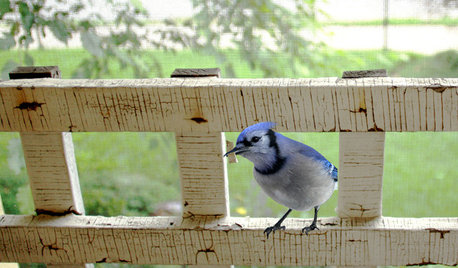
GARDENING FOR BIRDSBackyard Birds: Meet Some Clever and Curious Jays
Boisterous jays provide plenty of backyard bird-watching in winter. Here’s how to identify all the varieties and welcome them into your yard
Full Story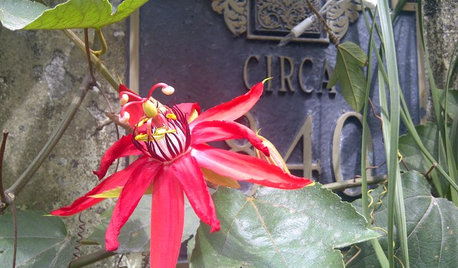
FLOWERS5 Sensational Flowering Vines for Warm Climates
Splash your garden with bright tropical color from late summer through fall with these showy trailing and climbing beauties
Full Story
LANDSCAPE DESIGNWarm Up Your Home With an Evergreen Windbreak
Plant tall trees for more warmth in winter, serenity in summer and good looks all year long
Full StorySponsored
Columbus Design-Build, Kitchen & Bath Remodeling, Historic Renovations






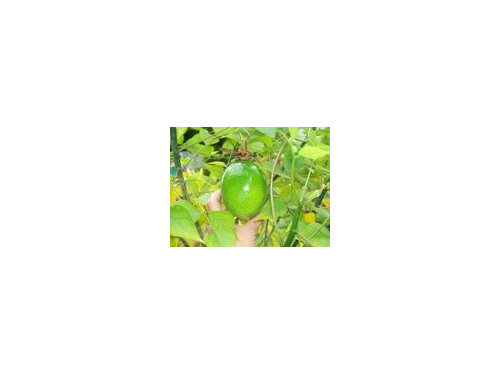
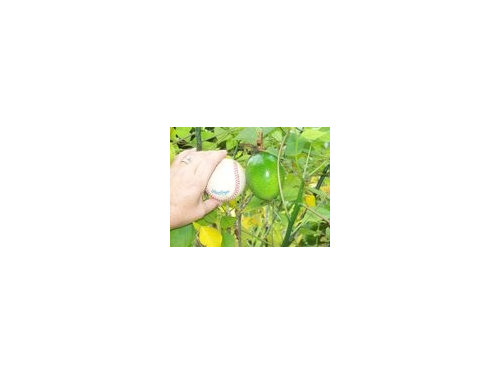
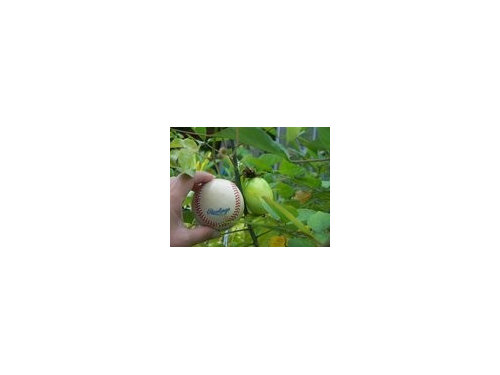
mark4321_gw
karyn1Original Author
Related Professionals
Alexandria Landscape Contractors · Bedford Heights Landscape Contractors · Coram Landscape Contractors · Danvers Landscape Contractors · Dedham Landscape Contractors · North Potomac Landscape Contractors · South Lyon Landscape Contractors · Webster Groves Landscape Contractors · Norridge Landscape Contractors · Bon Air General Contractors · Mount Prospect General Contractors · North Highlands General Contractors · Parkville General Contractors · Pine Hills General Contractors · Wyomissing General Contractorsmark4321_gw